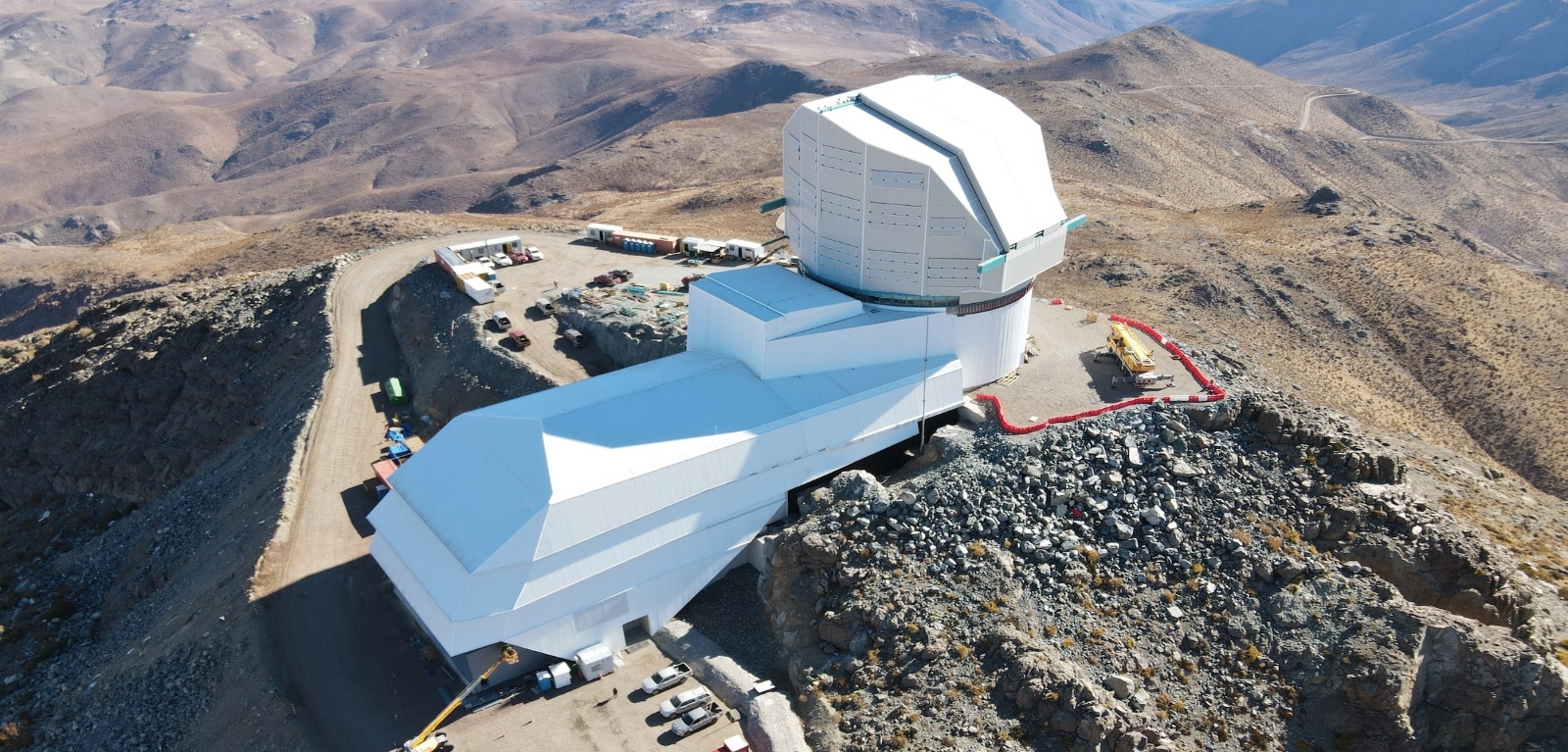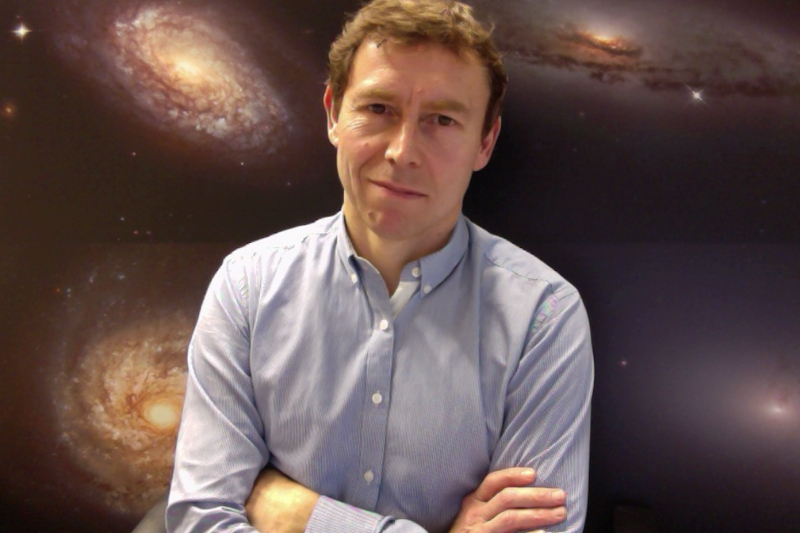Queen’s platform will bring the first motion picture of the Universe to global audience
Queen’s University Belfast is playing a key role in ensuring that people across the world can view the first inventory of the Universe recorded by the world’s largest digital camera.

Partnering with the University of Edinburgh through the Lasair project, Queen’s will build a platform to help process the massive data stream from the Vera C Rubin Observatory in Chile.
Queen’s platform will provide detailed astronomical data to scientists in real time but there will also be a citizen science aspect, where the public will be encouraged to share and contribute to data monitoring and collection.
The Rubin Observatory is an 8-metre telescope with the largest digital camera ever constructed, with 189 sensors totalling 3.2 gigapixels.
Starting in 2024 the Observatory will carry out the Legacy Survey of Space and Time (LSST), one of the most ambitious science projects in recent times, by constantly surveying the southern sky over a period of 10 years. Covering an area 40 times the size of the full Moon, it will effectively make the largest movie of the night sky.
The project will impact every area in astronomy and will revolutionise our capability of scanning the sky for distant cosmic explosions, hungry black holes, the nearest earth-hazardous asteroids and the search for distant bodies and dwarf planets in the outer solar system.
Given their size and daily rate, the Rubin Observatory can support only a fixed number of full data streams so it needs help from the world-wide astronomy community to share the images globally. Queen’s and the University of Edinburgh have been working together since 2016 to build a working prototype called Lasair, which demonstrates how scientists across the world can scientifically exploit this massive data stream.
Professor Stephen Smartt, who is based at the Astrophysics Research Centre at the School of Mathematics and Physics at Queen's, said: "Our selection as a community broker is endorsement of the work we have been doing over the last five years, showing that the UK has the technical and computing expertise to allow the world to exploit the LSST data.
“Rubin will be an enormous leap forward in scientific capability - the sensitivity, precision of measurement, and spectral information is unprecedented. But science will come from being able to understand and extract information from this stream. I'm delighted we have been chosen to help the world exploit the data. Everyone, in any country, with an internet connection will be able to view the information.”
Professor Smartt’s colleague, Dr Meg Schwamb, is collaborating on a project called Zooniverse, led by the University of Oxford and Adler Planetarium, to allow data from Lasair to be uploaded, enabling astronomers to create citizen science projects.
She said: “Our work will showcase colour images of the sky and real-time brightness measurements of astronomical sources to allow the public to help discover distant supernovae or fast-moving asteroids and to better train our computer algorithms.”
Dr Roy Williams from the University of Edinburgh, one of the lead developers and architects of Lasair, said: "There is now a deluge of data as sensors of all kinds proliferate. Electric grids deliver logging information at dizzying rates and bridges have internet-connected stress monitors, everywhere in modern society more messages are being produced. The difficulty is discerning what is critical and urgent from the irrelevant and ordinary. We are taking the lead in building a system for massive scale discrimination and discernment. "
Featured Expert
